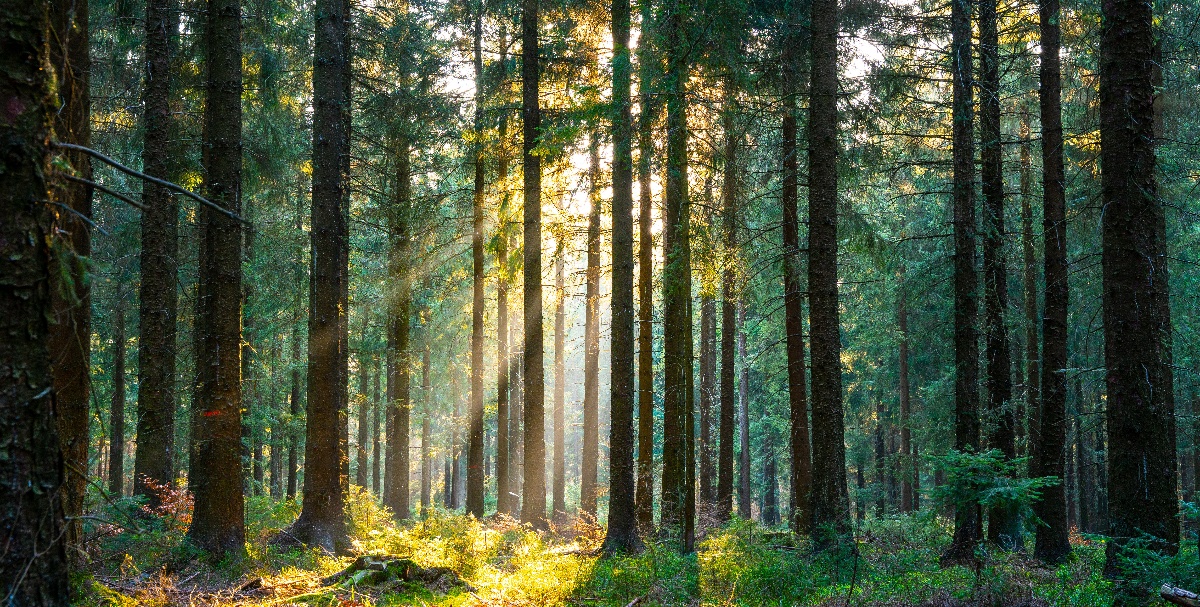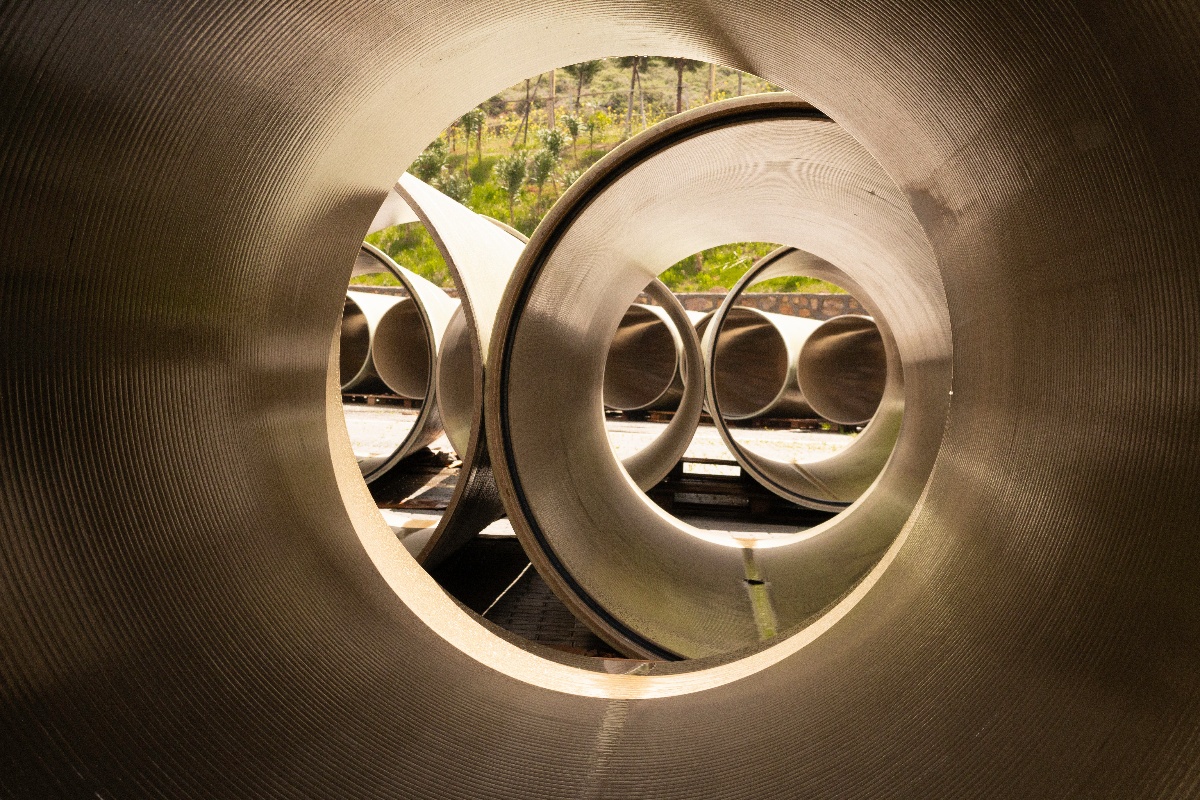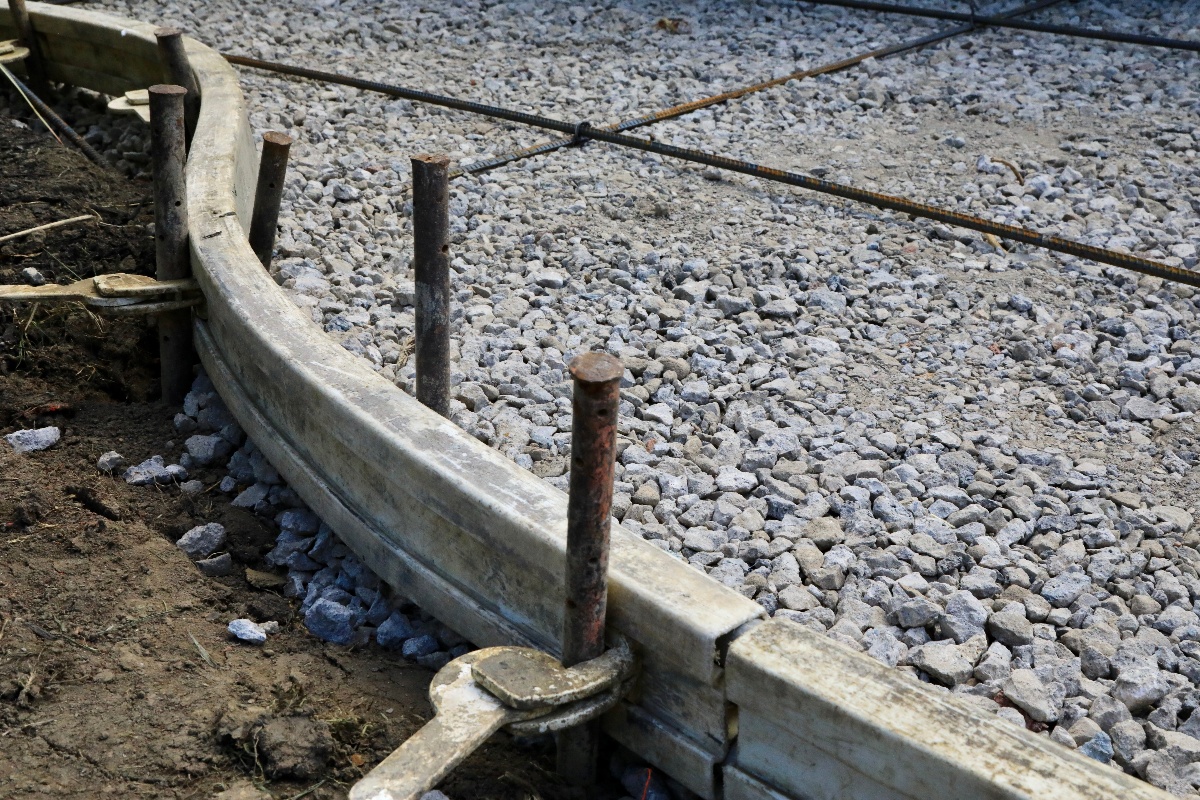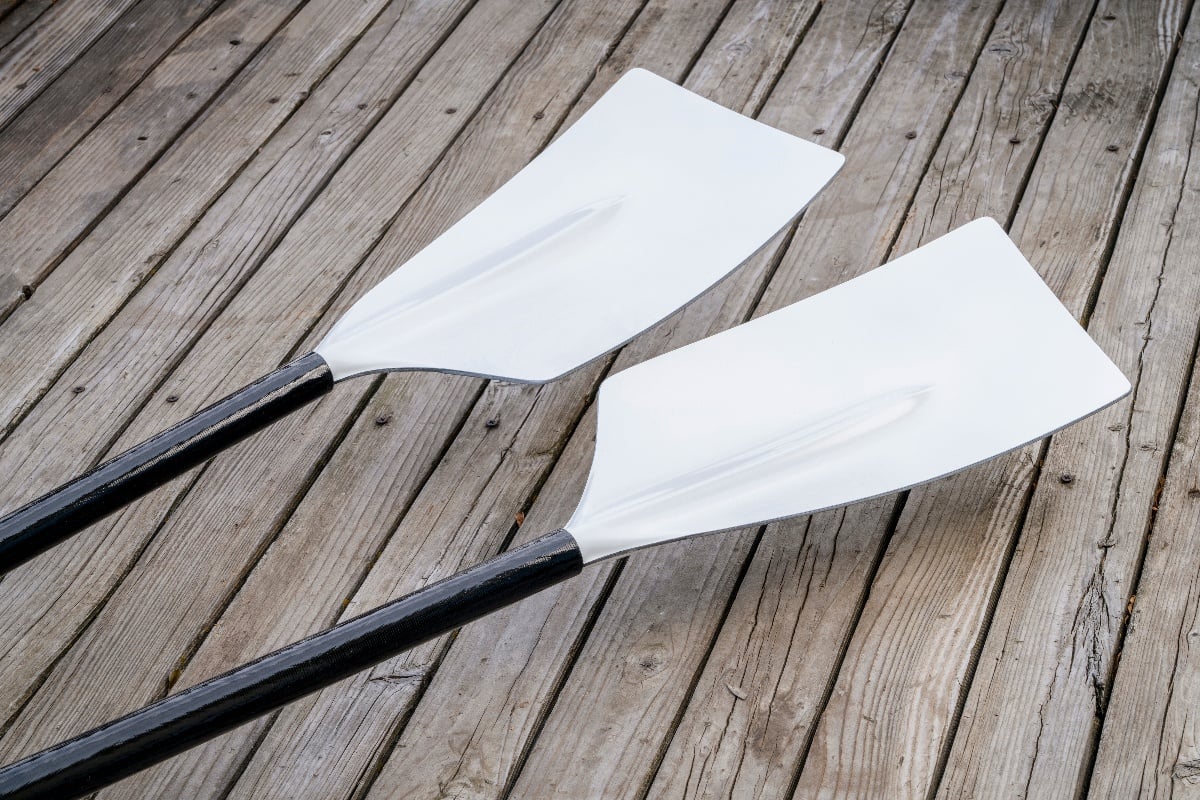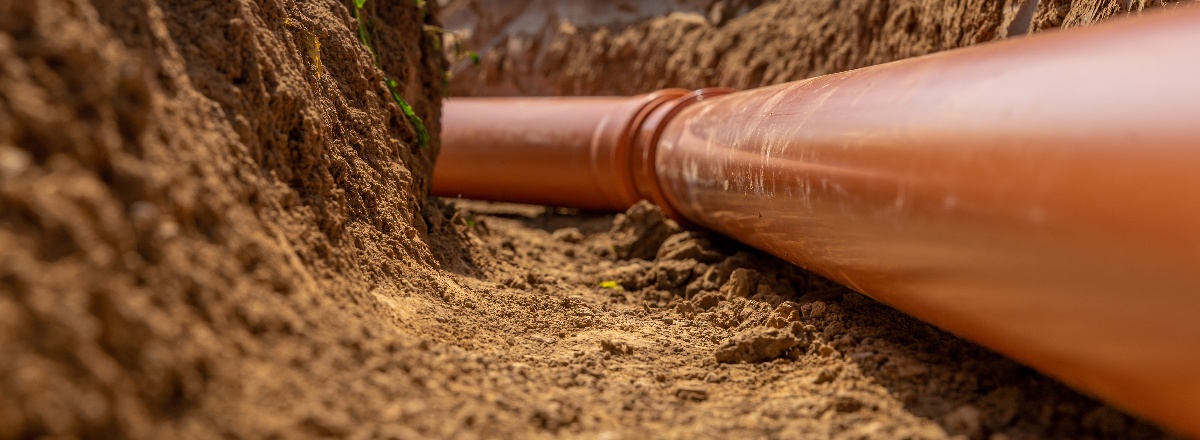
Tree marker poles play a vital role in forestry management, environmental conservation, and research efforts. These poles are used to mark tree locations, designate research plots, and indicate trees for harvesting or conservation. Given the importance of sustainable forestry and habitat preservation, well-designed and durable tree marker poles are essential.
When engineering effective marker poles, there are several key considerations regarding functionality, durability, and environmental impact. The optimal height, shape, color, and material depend largely on the intended application and conditions the poles will endure. Additionally, factors like stability, visibility, longevity, and recycling potential help guide design decisions.
This article will provide an overview of key design considerations for tree marker poles.
The Importance of Tree Marker Poles
Tree marker poles serve several critical purposes across forestry management, environmental conservation, and research applications. Key use cases include:
Forestry Management
Marker poles help forestry professionals designate trees for harvesting, thinning, or protection based on factors like species, maturity, timber quality, and conservation value. Proper marking enables sustainable harvesting plans.
Environmental Conservation
Conservationists use marker poles to map protected vegetation, sensitive habitats, and locations of endangered species. This facilitates preservation efforts and monitoring of ecological health over time.
Research and Monitoring
Researchers rely on tree marker poles to tag study plots and individual specimens in long-term forest studies. Durable markers enable data consistency across decades.
When effectively deployed for these applications, tree marker poles provide two primary benefits:
Durability and Longevity
Marker poles must withstand years of sun, rain, snow, and vegetation growth cycles. Highly durable materials resist weathering, rotting, and degradation while lasting up to 30 years in forest environments.
Visibility and Marking Effectiveness
Markers require high visibility for ease of relocation and identification at a distance. Bright colors, reflective coatings, and customized tags enhance effectiveness on the ground.
By fulfilling critical marking functions across forestry disciplines while maximizing durability and visibility, optimized tree marker poles facilitate sustainable land and vegetation management.
Tree Marker Design Considerations
Optimizing tree marker poles requires careful attention to details like height and size, structural shape, color and markings, and material properties.
Height and Size
The optimal height and diameter balance visibility needs with transport and installation practicality. Typical specifications range from 3 to 8 feet tall and 2 to 4 inches in diameter. Taller markers improve line-of-sight visibility, while compact ones resist wind loads.
Shape and Structure
Round poles are the most common, but square cross-sections also work well. Structural ribs and flanges can increase stability, especially on taller poles. An angled or tapered tip eases ground penetration during installation, while cross-braces improve sturdiness.
Color and Markings
High visibility colors like safety orange, yellow, or red enhance identification. White and yellow catch the eye best at night or low light when coated in retroreflective films. Custom number, barcode, or QR code tags provide markings options.
By factoring in all these elements, manufacturers can produce application-specific tree marker poles tailored to forestry, conservation, and research use cases in diverse operating environments. On-site testing verifies real-world effectiveness.
Tree Marker Pole Material Properties
The materials used to construct tree marker poles determine durability, strength, longevity, and environmental impacts. Key properties include:
Density and Strength
Dense materials like steel and aluminum provide structural resilience to wind and impact loads. Strength enables resistance to cracking, splitting, and breaking while in use.
Durability and Corrosion Resistance
Long-term exposure to sun, moisture, vegetation, and weathering requires innate material durability and corrosion resistance. Metals may require protective coatings.
Strength-to-Weight Ratio
As marker poles increase in height, lower-density materials with excellent strength-to-weight ratios, like fiberglass, minimize weight for transport while providing essential rigidity.
Thermal Expansion and Contraction
Materials that expand and contract drastically with temperature shifts may compromise stability or become loose in the ground over time. Minimal thermal dynamics enhance reliability.
Colorfast Properties
Consistent, fade-resistant coloration maintains visibility and identification functionality over years of UV exposure and weathering.
Recycling and Environmental Impact
Reusable, recyclable, and responsibly sourced materials minimize ecological footprints. Wood, steel, and some plastics enable recycling.
Evaluating these material factors allows the selection of optimal tree marker poles for given environmental conditions, visibility needs, and conservation goals. Prioritizing sustainability helps reduce environmental harm.
Fiberglass Tree Marker Poles
As an engineered composite, fiberglass offers an optimal balance of properties for durable, visible, and eco-friendly tree marker poles.
Lightweight Strength
Fiberglass derives exceptional strength-to-weight ratios from its glass fiber reinforcement, with strength nearing that of metals at just a fraction of the weight. This enables taller marker heights without compromising stability.
Weather Resistance
Properly formulated fiberglass resists corrosion, rotting, moisture degradation and retains its mechanical integrity across temperature fluctuations, exposure to vegetation, and other forest conditions.
Colorfastness
Molded-in color pigmentation permeates the entire thickness of fiberglass markers, creating fade-resistant visibility that lasts for decades in sunny and shaded areas alike.
Customizability
Fiberglass can be factory molded into a wide variety of shapes, sizes, colors, and markings to meet specialized pole requirements.
Sustainability
Glass fiber content enhances the re-use and sustainability of fiberglass markers compared to wood, plastic, or metal alternatives at the end of service life.
With lightweight strength suitable for a wide range of marking applications, innate corrosion resistance across decades in the field, reliable colorfastness for consistent identification, the customizability to meet unique specifications, and re-use for reduced environmental impacts, fiberglass is an optimal, high-performance material for tree marker pole fabrication.

